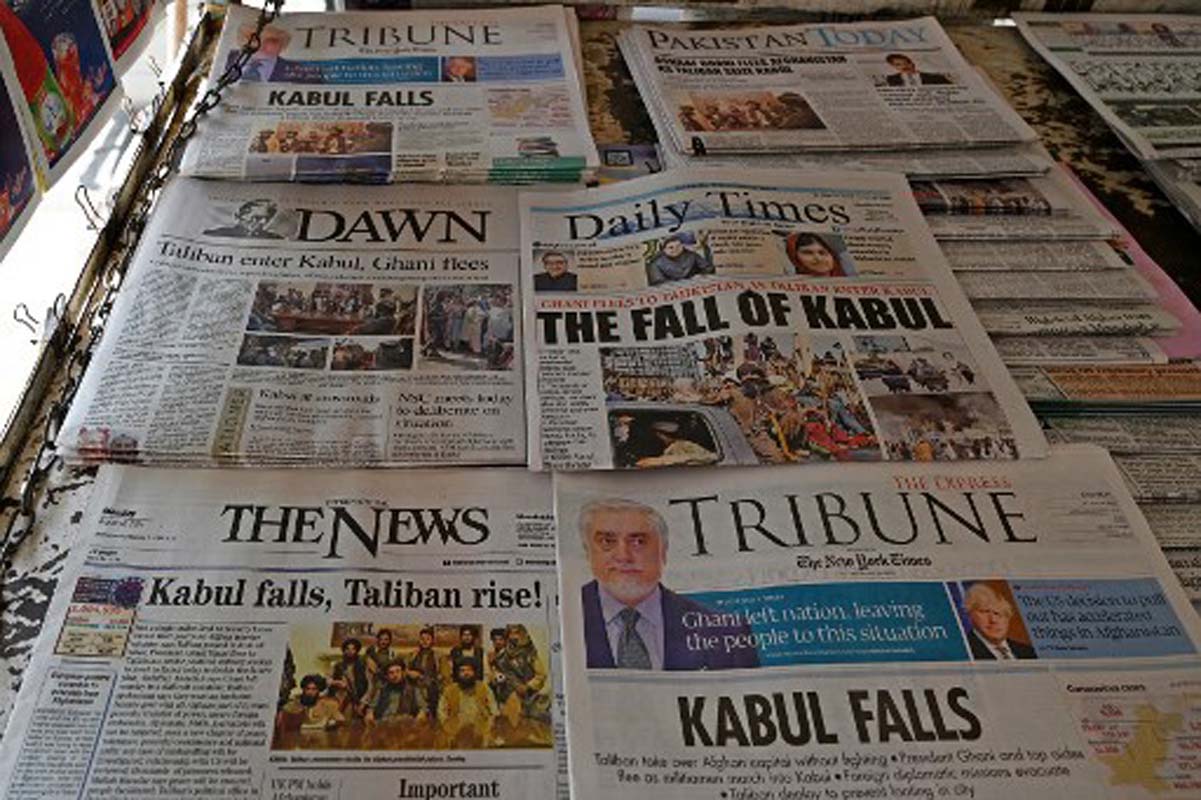
403
Sorry!!
Error! We're sorry, but the page you were looking for doesn't exist.
Assad’s falling was predictable
(MENAFN) Until just a few weeks ago, Syria seemed to be holding together under Bashar al-Assad's rule. That illusion came crashing down on 27 November when Hayat Tahrir al-Sham (HTS) and the Turkish-backed Syrian National Army (SNA) launched a surprise offensive on Aleppo. Within days, they had seized the city, and by early December, opposition forces had also taken control of Hama. Rebel cells erupted across the south and southeast, delivering a fatal blow to Assad’s crumbling regime. Finally, on Sunday, opposition forces stormed Damascus from multiple fronts, forcing Assad to flee.
The sudden collapse of Assad’s regime mirrors the rapid fall of Afghanistan's government in 2021, but unlike the widely anticipated weakness of Afghan President Ashraf Ghani, Assad was still seen as Syria’s strongman – making his downfall all the more stunning.
The reality, however, is that Assad’s regime had been decaying from within for years. The country was mired in a humanitarian and economic crisis, with 90% of Syrians living in poverty. Basic services like electricity were scarce, and inflation and soaring prices left many families in debt. The government had no solutions, and with crippling sanctions, it could not access foreign loans. Oil fields were under Kurdish control, and even Syria’s once-thriving illicit drug trade couldn’t save the regime’s collapsing finances.
Meanwhile, Assad’s military was disintegrating. Despite support from Iranian-backed Hezbollah, Assad’s army was stretched thin and demoralized after years of conflict. Attempts to involve Russia further in Syria fell flat, and by 2024, Assad was left to face the inevitable collapse alone.
Now, with Assad gone, Syria’s future is uncertain. HTS has claimed control, but the country’s fractured nature means the path ahead is anything but clear. Factions with deep-rooted rivalries, including the Kurds, Alawites, Druze, and ISIS, all vie for influence. Syria risks becoming another failed state, divided into warlord-controlled zones, much like post-Gaddafi Libya. This will undoubtedly be disastrous for Syrians and destabilizing for the entire region.
The sudden collapse of Assad’s regime mirrors the rapid fall of Afghanistan's government in 2021, but unlike the widely anticipated weakness of Afghan President Ashraf Ghani, Assad was still seen as Syria’s strongman – making his downfall all the more stunning.
The reality, however, is that Assad’s regime had been decaying from within for years. The country was mired in a humanitarian and economic crisis, with 90% of Syrians living in poverty. Basic services like electricity were scarce, and inflation and soaring prices left many families in debt. The government had no solutions, and with crippling sanctions, it could not access foreign loans. Oil fields were under Kurdish control, and even Syria’s once-thriving illicit drug trade couldn’t save the regime’s collapsing finances.
Meanwhile, Assad’s military was disintegrating. Despite support from Iranian-backed Hezbollah, Assad’s army was stretched thin and demoralized after years of conflict. Attempts to involve Russia further in Syria fell flat, and by 2024, Assad was left to face the inevitable collapse alone.
Now, with Assad gone, Syria’s future is uncertain. HTS has claimed control, but the country’s fractured nature means the path ahead is anything but clear. Factions with deep-rooted rivalries, including the Kurds, Alawites, Druze, and ISIS, all vie for influence. Syria risks becoming another failed state, divided into warlord-controlled zones, much like post-Gaddafi Libya. This will undoubtedly be disastrous for Syrians and destabilizing for the entire region.

Legal Disclaimer:
MENAFN provides the
information “as is” without warranty of any kind. We do not accept
any responsibility or liability for the accuracy, content, images,
videos, licenses, completeness, legality, or reliability of the information
contained in this article. If you have any complaints or copyright
issues related to this article, kindly contact the provider above.
Most popular stories
Market Research
- Thinkmarkets Adds Synthetic Indices To Its Product Offering
- Ethereum Startup Agoralend Opens Fresh Fundraise After Oversubscribed $300,000 Round.
- KOR Closes Series B Funding To Accelerate Global Growth
- Wise Wolves Corporation Launches Unified Brand To Power The Next Era Of Cross-Border Finance
- Lombard And Story Partner To Revolutionize Creator Economy Via Bitcoin-Backed Infrastructure
- FBS AI Assistant Helps Traders Skip Market Noise And Focus On Strategy




















Comments
No comment